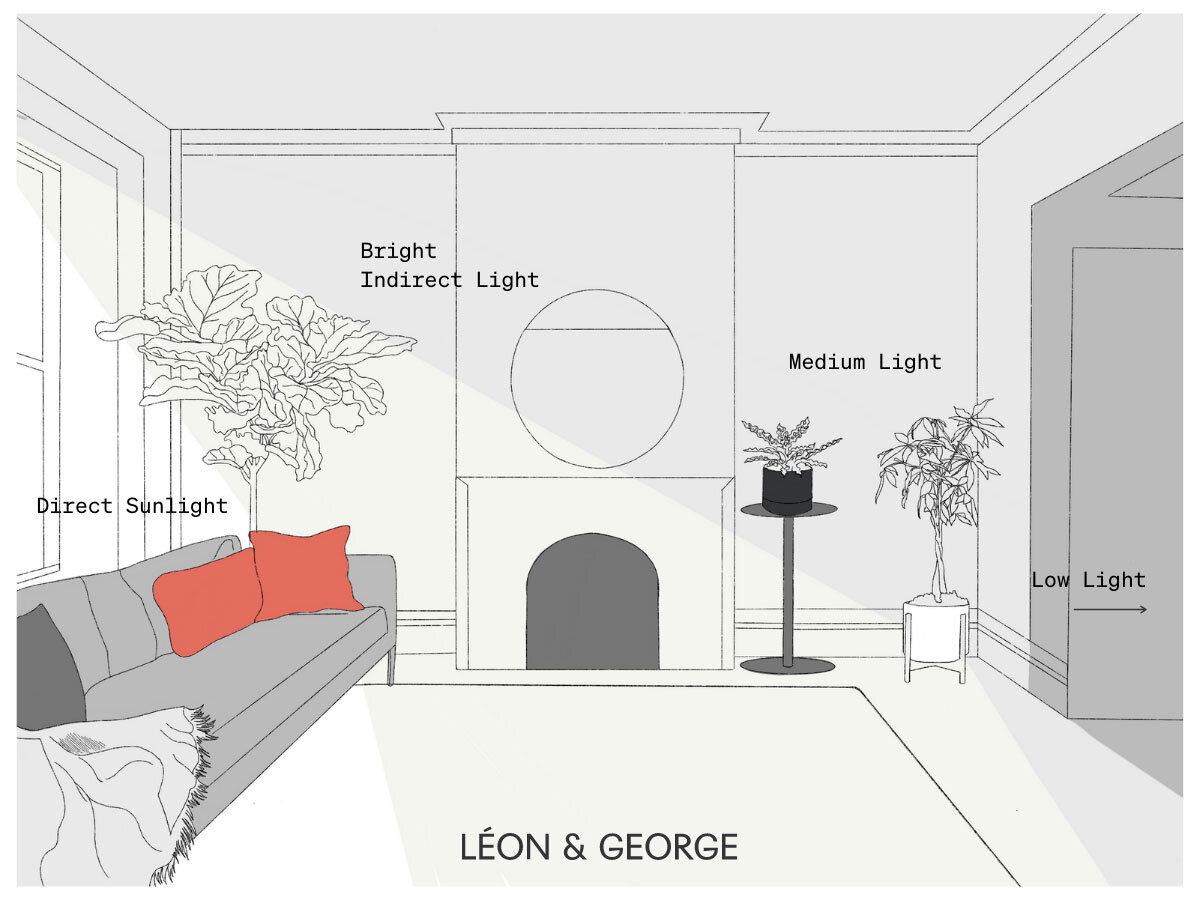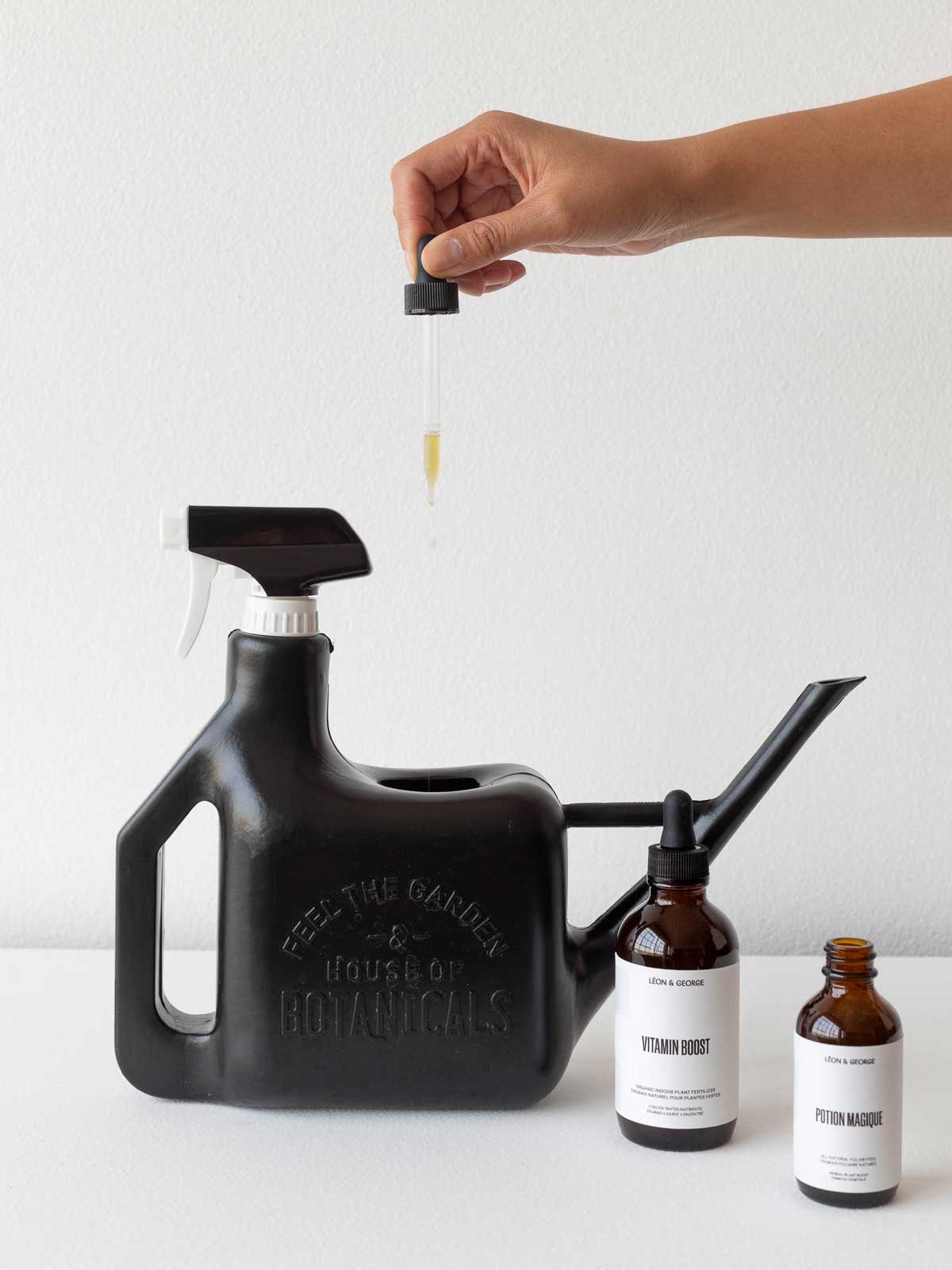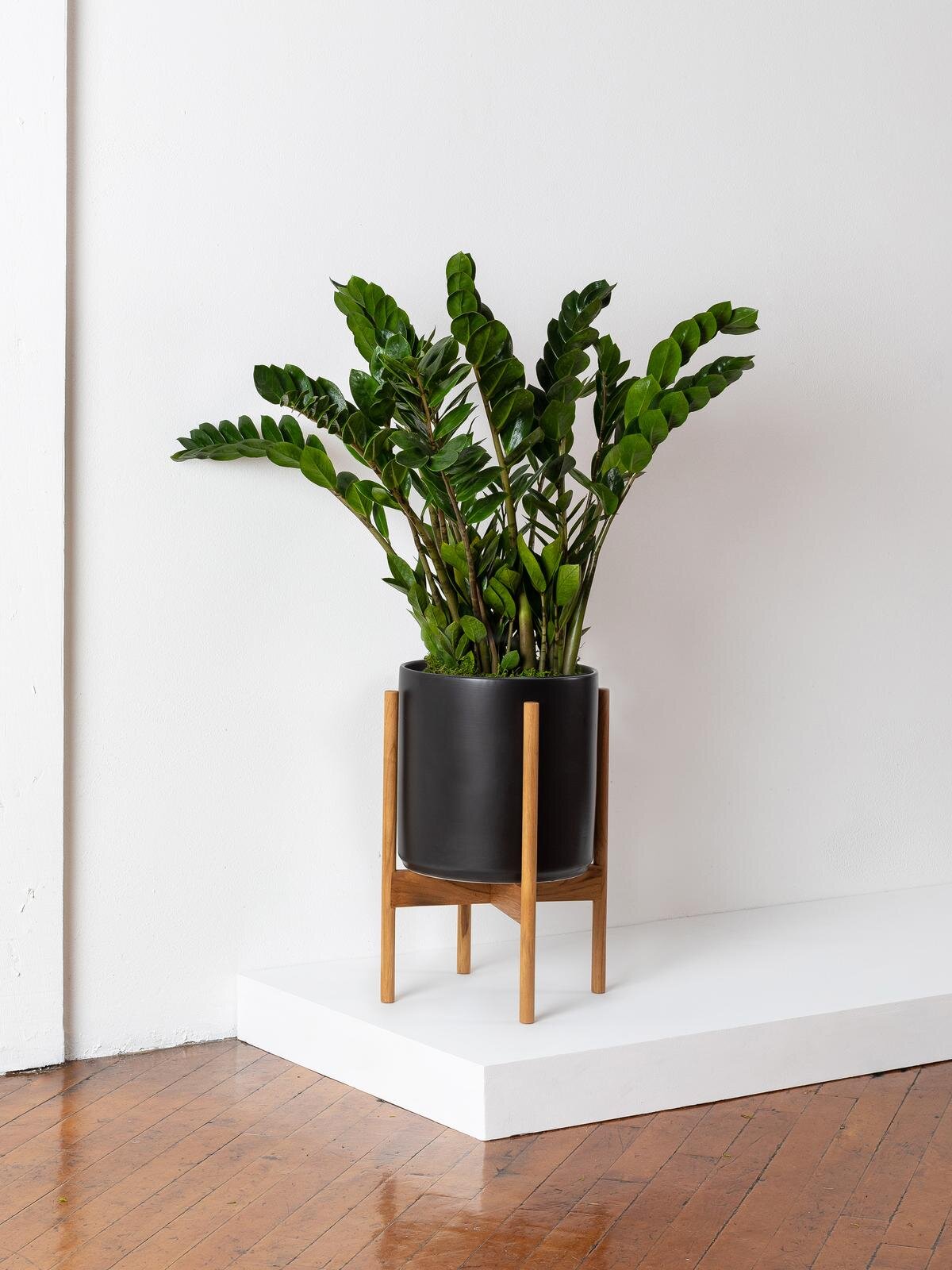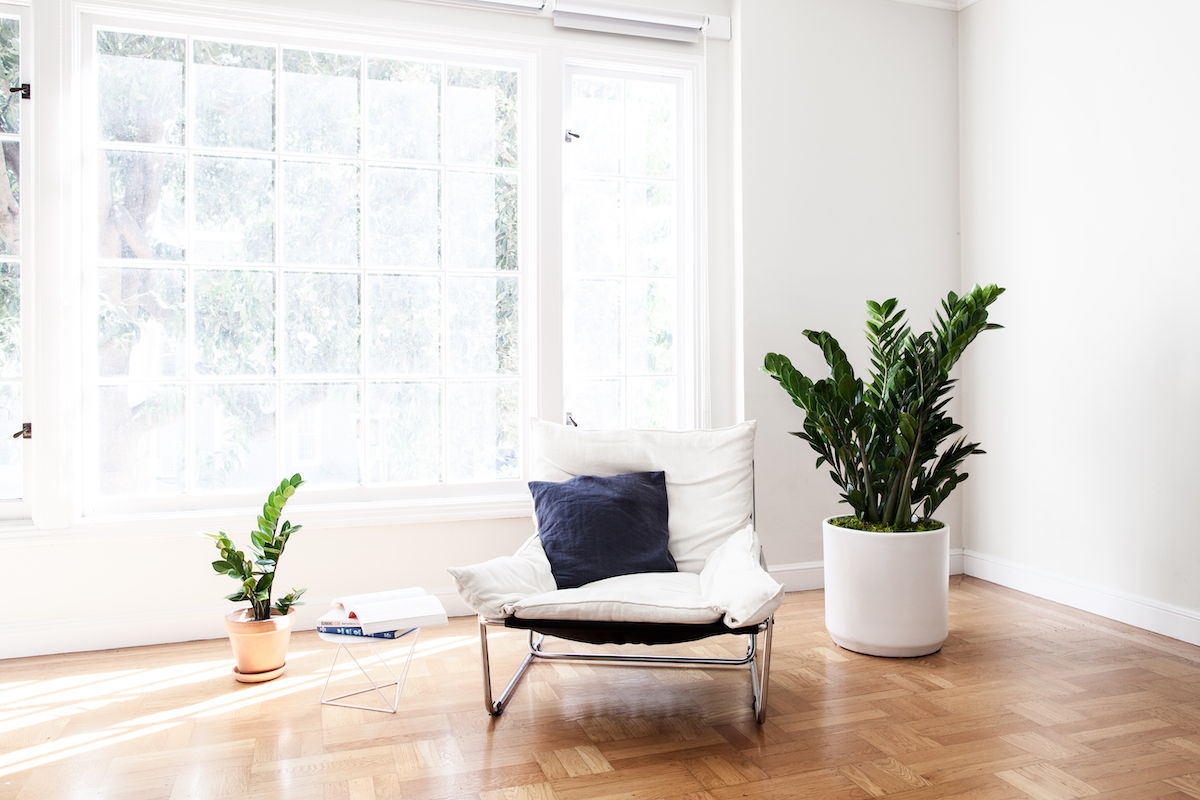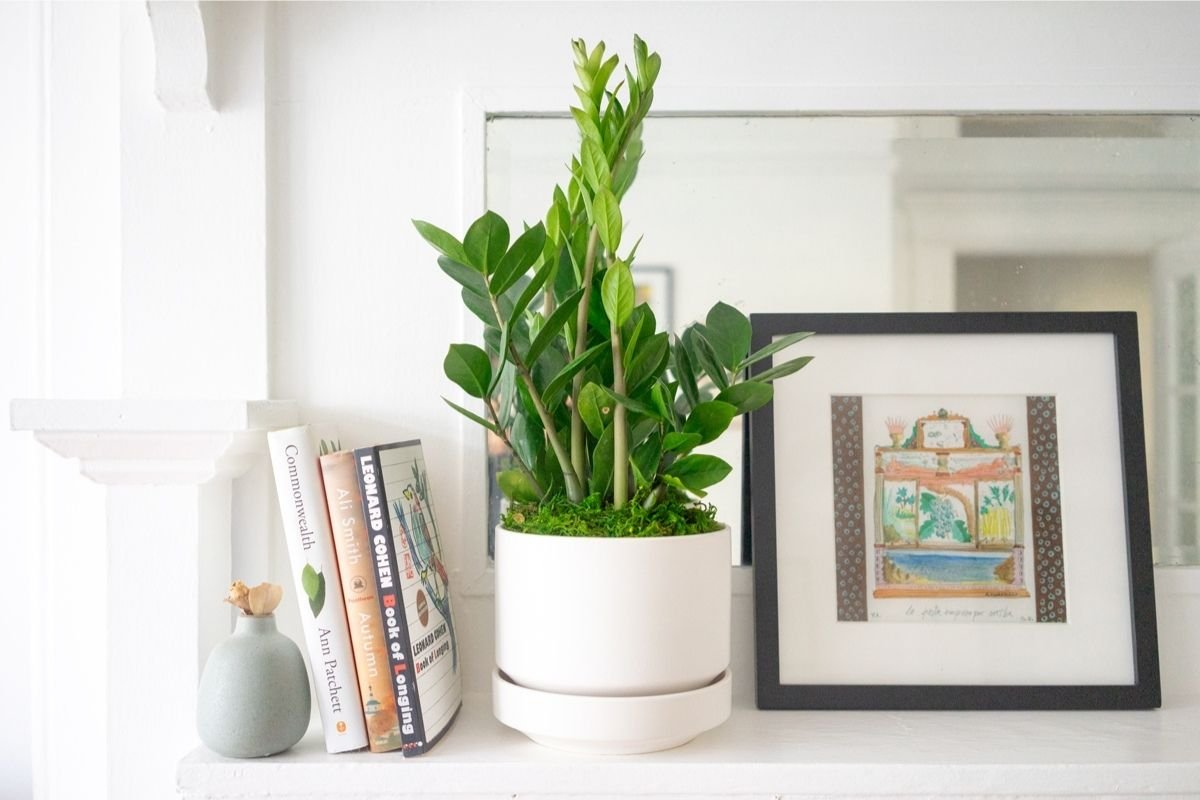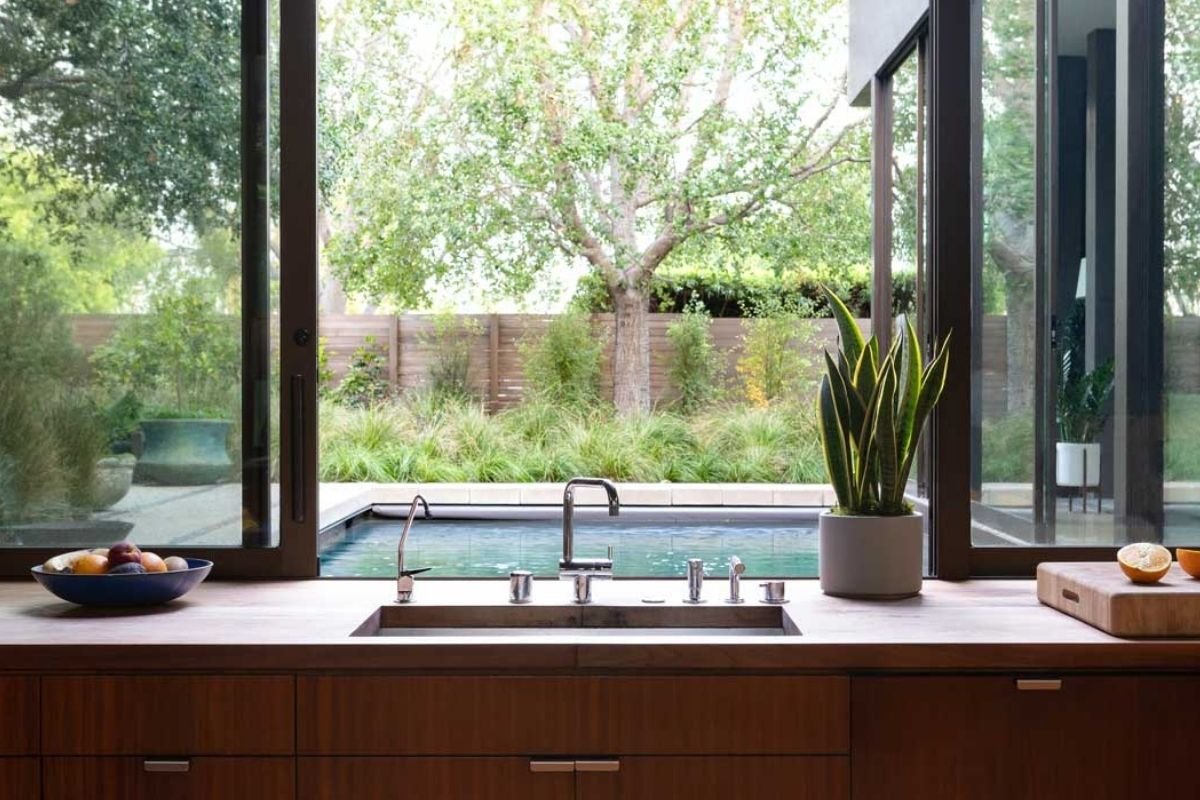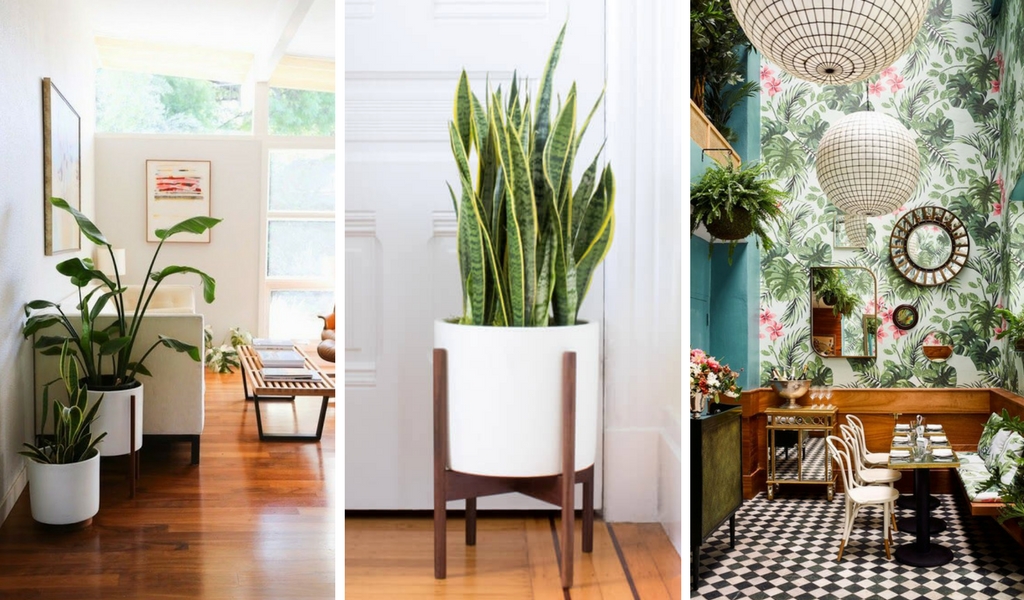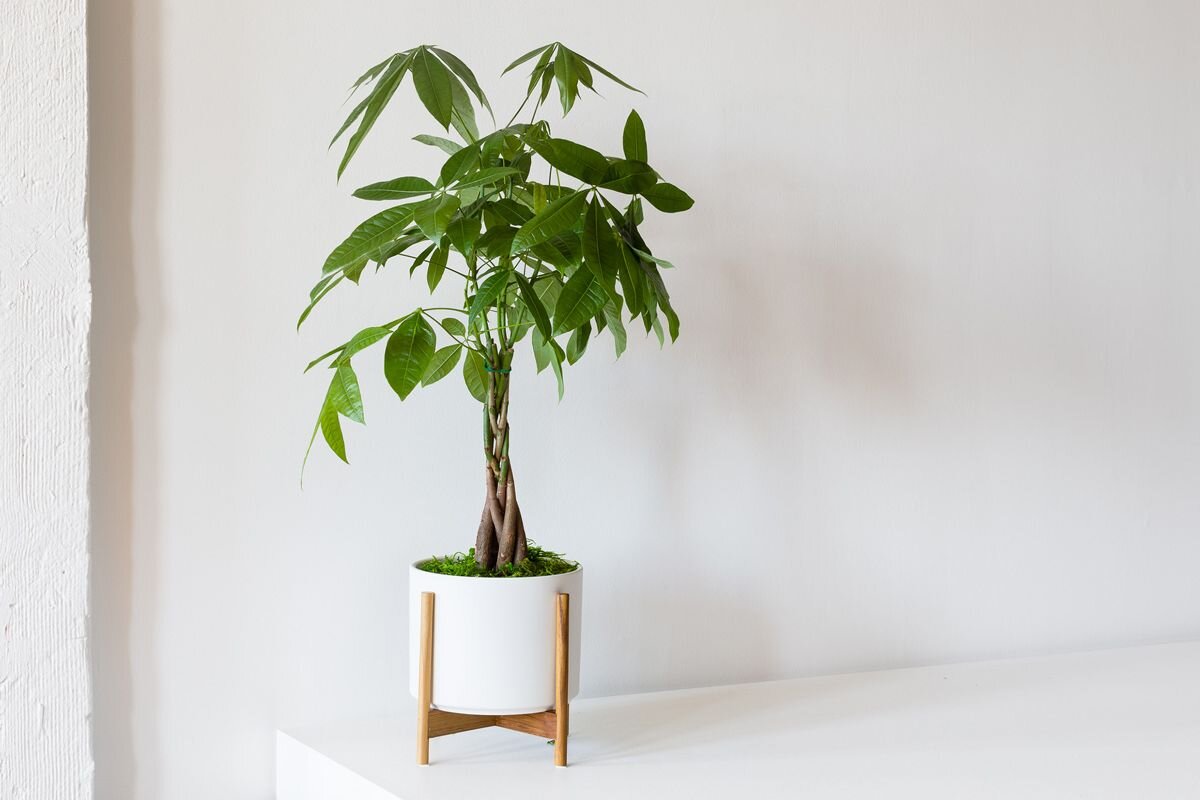Discover the timeless charm of the Zanzibar Gem, a symbol of natural beauty that graces any environment with elegance.
10 Commandments of ZZ Care
With its glossy, dark green leaves and air-purifying qualities, the ZZ plant has captured the hearts of plant lovers worldwide. To ensure your Zanzibar plant thrives and becomes a centerpiece of natural beauty, follow these 10 Commandments of ZZ Care.
Embrace lower light
Welcome your ZZ plant into your home's low-light areas with open arms. This hardy plant excels in low light conditions, making it a perfect fit for corners and rooms with minimal natural light. It also will happily grow (and grow fast!) in bright, indirect light, but avoid direct sunlight, as it can scorch the leaves and hinder growth.
Embrace the beauty of the no-fuss Zanzibar Gem, thriving gracefully in low light and illuminating even the dimmest corners.
With watering, less is more
Adopt a minimalist approach to watering your ZZ plant. These drought-tolerant wonders prefer to dry out between waterings as they store water in their bulbous roots. Allow the top inch of soil to become dry before giving a moderate drink. We’ll say it once and we’ll say it again: overwatering can lead to root rot, so err on the side of underwatering, especially with this plant!
Use well-draining soil
Plant your ZZ in a well-draining potting mix to ensure proper aeration and prevent waterlogging. Because the Zanzibar Gem is actually a succulent, a mix designed for succulents or cacti is ideal. This helps maintain a healthy root system and prevents moisture-related issues.
A cozy pot size
Choose a pot that provides a snug fit for your ZZ plant's roots. A slightly tight space encourages healthy growth and prevents excessive soil moisture. Repotting every few years into a slightly larger pot is sufficient.
Fertilizer, please!
Feed your ZZ plant with a well balanced fertilizer during the growing season (spring and summer) 1-2 times per month. If you use our natural plant food, you may continue to fertilize your plant but reduce to just one time per month or every other month. Avoid over-fertilizing, as ZZ plants are light feeders.
Nourish your Zanzibar Gem to new heights of beauty with our specialized fertilizer and watch as your ZZ flourishes for years to come!
Toxicity: handle with care
While ZZ plants are stunning, they contain compounds that can be harmful if ingested. Keep them out of reach of curious pets and children. If nibbled on, they may cause discomfort, so ensure proper placement, out of reach from curious children or pets!
Keep things temperate
Provide gentle air circulation by placing your ZZ plant in a well-ventilated area. Avoid exposing it to strong drafts, which can stress the plant. As with all plants, good airflow prevents pests and promotes overall plant health.
Give your Zanzibar Gem a spa day by gently trimming away any yellow or brown leaves to promote a healthier appearance.
Shine that foliage
The Zanzibar Gem is not an easy plant to clean, but it will love you so much more for regularly doing it! Dust off your ZZ plant's leaves every few months or so to keep them glossy and vibrant. Wipe gently with a damp cloth to remove dust and improve its ability to photosynthesize–bonus points if you use a soap specially crafted to clean plants and naturally repel pests.
Patience for growth
Patience is key when it comes to caring for plants, and above all with the Zanzibar Gem! ZZ plants are slow growers, so be patient and allow them to thrive at their own pace. With time and care, your plant will reward you with its striking presence and air-purifying prowess!
Designed to Thrive
Elevate your space with our premium plants like the stunning Zanzibar Gem, meticulously potted and expertly delivered.

